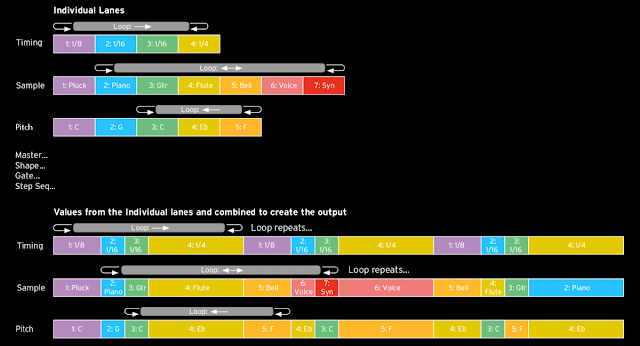


Rather than a mere reiteration of the original, the Wavestate is a complete reinvention. Producers were enthusiastic about incorporating Wavesequencing despite the level of difficulty in editing [one reviewer at the time likened editing in the rackmount version to ‘wallpapering your hallway through the letterbox’ - Ed.). Stylistically, it aligned with genres from new-age and ambient through to industrial, trance and rave. Its distinctive sound pervaded a plethora of cop-show TV dramas, nature documentaries and popular feature films of the era. The synth was best known for its lush evolving pads, spacey atonal clusters, kitschy drum-n-synth sequences and carefully-crafted mesmeric waveform jams. It offered a novel approach to composition and live performance: building sounds using step-sequenced looped chains of short-duration waveforms fused with a Vector Joystick to crossfade between four layers of these sequences. The Wavestation was somewhat hobbled by memory constraints and the user interface restrictions of the time, yet it was a seductive machine which ignited curiosity. It was a sleek, eye-catching instrument, with minimalist front panel controls, but most importantly it was the first product to feature Wavesequencing combined with Vector synthesis thanks to a collaboration with Dave Smith and the team at Sequential Circuits (responsible for the Prophet VS Vector Synthesiser). In 1990, after enjoying the runaway success of the M1 and the more advanced T series, Korg delivered their first Wavestation.


 0 kommentar(er)
0 kommentar(er)
